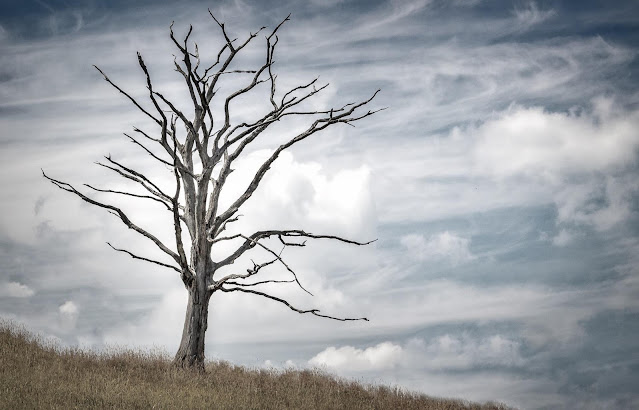Back in 1982, my genealogical journey began with the traditional "survey" of what had been done in my family. I was vaguely aware that I had a large family and that much of the compilation of information about my ancestors and relatives had already been "done." In fact, I was aware of several books about different family lines. I knew that two of my great-grandmothers had worked on our genealogy for years. Little did I know that I was setting off into a "fire swamp" of research with many more dangers than the original one with rodents of unusual size.
Fifteen or so years later, I had accumulated a pile of copied family group records between three and four feet high and entered about 16,000 or so names into the computer genealogy programs of day. Even after that first 15 years, my efforts to accumulate source-supported information about my expanding family was just starting to scratch the surface. I was becoming painfully aware of the realities of inheriting a huge accumulation of previously done genealogy: duplicates, lack of cited sources, and inaccurate entries.
In all that time, I really could not claim to have found one new person because I was still finding out what others in my family had already accumulated. However, I did begin to understand how much I did not know about doing genealogical research. So, I slowly began learning what I needed to know to actually do original research. My first enlightenment came from a book I have referenced several times in the past.
Greenwood, Val D. 2000. The researcher's guide to American genealogy. Baltimore, MD: Genealogical Pub. Co.
Reading this book cover to cover gave me a glimpse of the huge amount of information I did not know about genealogy. I started reading every book I could find about how to do genealogy. I soon realized that I needed a more structured approach so I started enrolling in Brigham Young University distance learning classes. These turned out to be the most difficult and involved classes I had ever taken despite my advanced degrees. I kept taking classes for about five years. I was supposed to get some kind of certificate but I had taken classes for so long, BYU had discontinued the certificate program. But by then, I had a better idea about how much I still had to learn.
Up to this time, about the year 2000 or so, I first became aware of the larger, world-wide genealogical community. Up to this point in time, I did not know people had genealogical conferences and that there were people online on the relatively new internet who were interested in genealogy. In fact, I had never really talked to anyone in person about genealogy. There was seemingly no one around me, including my family, who was even vaguely interested in genealogy as a pursuit. They were content to rely on the books that had already been written.
With the internet, suddenly, I realized that there were lots of people (relatively speaking) who were working on genealogical research. The BYU classes made me aware of the traditional structured approach to genealogical research and I began to understand where all the records were possibly located. However, my own genealogy was still in the copy and correct stage. What I needed was a quicker way to determine what had and what had not been done by someone else.
As time passed, I began writing online. I started this blog with my first post on 21 November 2008. At the same time genealogy began to grow exponentially on the internet. By the way, the name of this blog was intended to be consistent with the many newspapers in the United States with the term "Star" in their name. Such as one of the prominent newspapers in my state, the Tucson Arizona Daily Star. See
https://tucson.com/ When I realized the more commonly understood name, it was too late to make a change.
The rest of the story is online in over 6000 blog posts, hundreds of videos, and thousands of classes and consultations. As you know, old genealogists never die... (you fill in the ending to this one).
There are a few things I have learned over the years. First, there are always more records meaning there are always more people to find. People are getting born faster than any of us or all of us can find them. I also learned the genealogists are, almost without exception, some of the nicest people in the world. The best part of genealogy is meeting people and interacting with them. Since the total number of relatives I now have through DNA testing is growing into the hundreds of thousands, I am beginning to understand that I am related to everyone now living on the earth and so I will never finish my genealogy.
Hope you can stay around with me for a few more years.








